What grade is Yega Xuefei in Ethiopia? introduction to the characteristics of Yega Aduo boutique coffee beans

Yega Chuefei has a highly recognizable coffee flavor, fresh floral aroma and citrus acidity, making people remember the name of this coffee bean as soon as you drink it. Compared with the expensive Rosa coffee, Yega Chuefei is cheap and delicious, and is often the first choice for coffee makers as their daily rations of beans.
High altitude brings excellent aroma to Yega Xuefei.
Yega Sheffield Coffee, produced in the small town of Yega Sheffield, is one of the highest producing areas in Ethiopia. Most coffee trees are planted on highlands close to 2, 000 meters, reaching a maximum of about 2100 meters. With the increase of altitude, the more ideal the growing environment of coffee trees is, the more prominent the flavor advantage of Arabica coffee beans is. The town's Lake Turkana, Lake Abaya and Lake Chamo bring rich water vapor here, foggy all the year round, like spring all the year round, with a gentle breeze, cool and moist, giving birth to the unique floral and fruity aromas of Yega Xuefei.
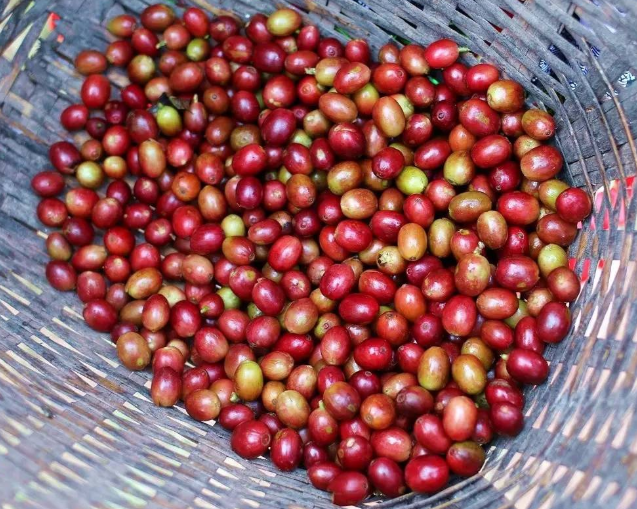
Unlike many boutique coffee beans produced on a large scale in the manor model, Ethiopian coffee is mostly grown in individual small farmers, usually with an area of 1 hectare and a small yield, so it is sent to the town or neighboring cooperatives for unified treatment. The management of cooperatives can not only improve the quality of coffee, but also provide farmers with a more stable income. When we buy coffee beans, we will see a lot of coffee that has been post-processed, graded, roasted and finally named after a cooperative, compared to if Tintin Gotiti, Waka Worka, Konga Konga, Adado Adado.
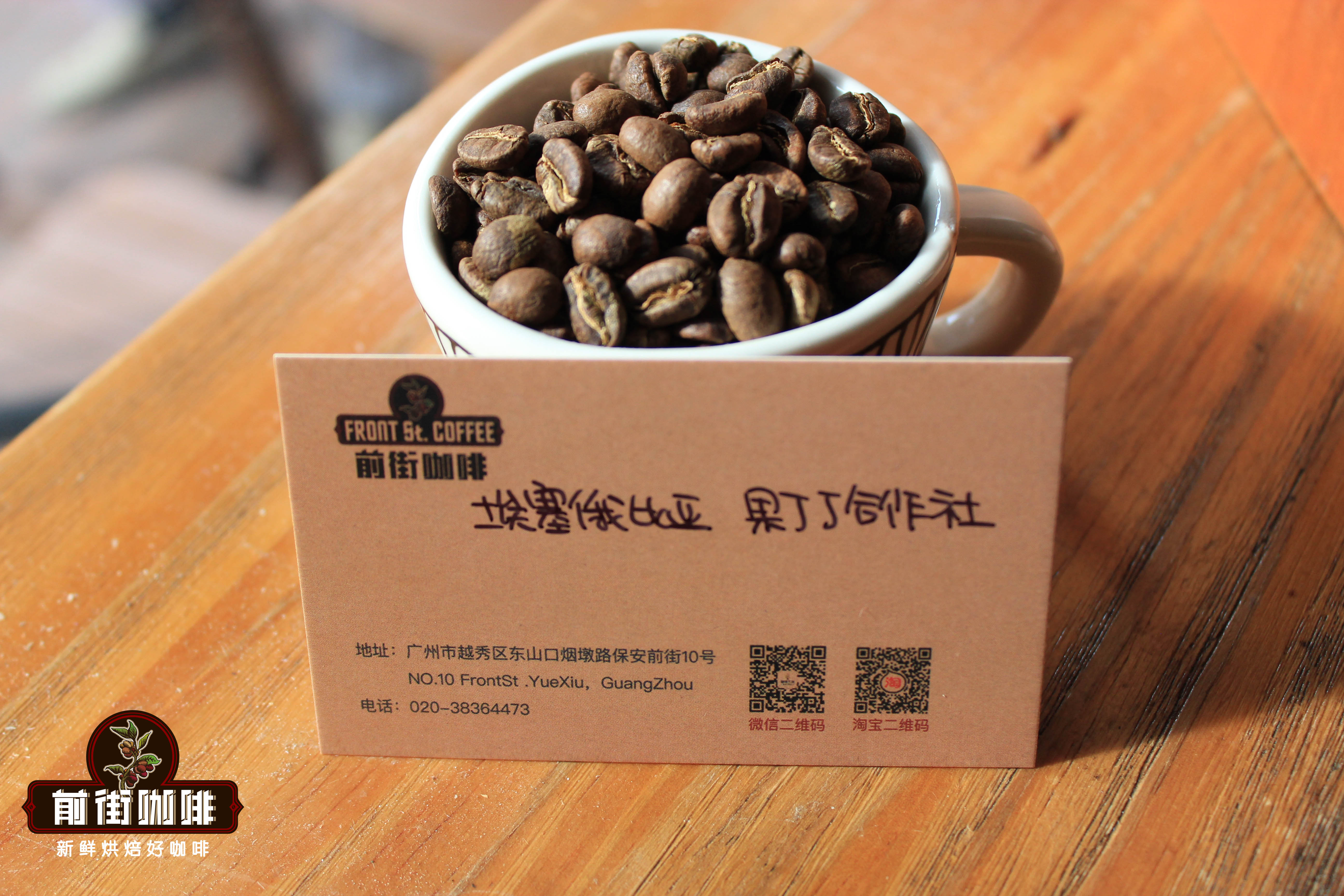
Adadot Cooperative Society
The Adado Cooperative is located in the Gedeo region, named after the Adado tribe in the region and administratively belongs to the province of Sidamo, where Yegashefi and Cochel are located. The Adado processing plant, a cooperative of 7000 coffee farmers, was established in 2012 and covers an area of more than 200mu. It is the largest processing plant here, about a 30-minute drive from the center of the small town of Yega. The treatment plant is well-equipped, in addition to washing, but also for sun treatment, there are a sufficient number of sunshade beds.
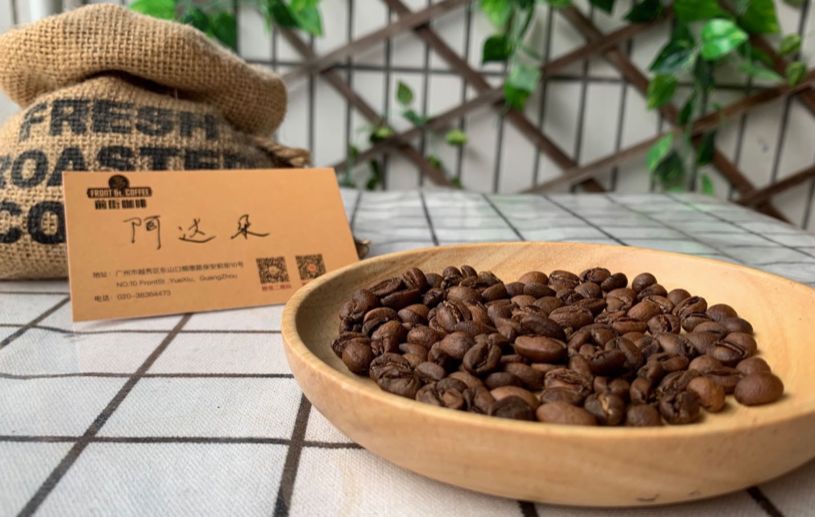
What's the difference between the sun and Yega Chuefei?
Ethiopia has high altitude, low rainfall and long sunshine, so it is very suitable for sun-dried coffee and raw beans. The so-called "tanning method" is to dry ripe coffee cherries directly after harvest.
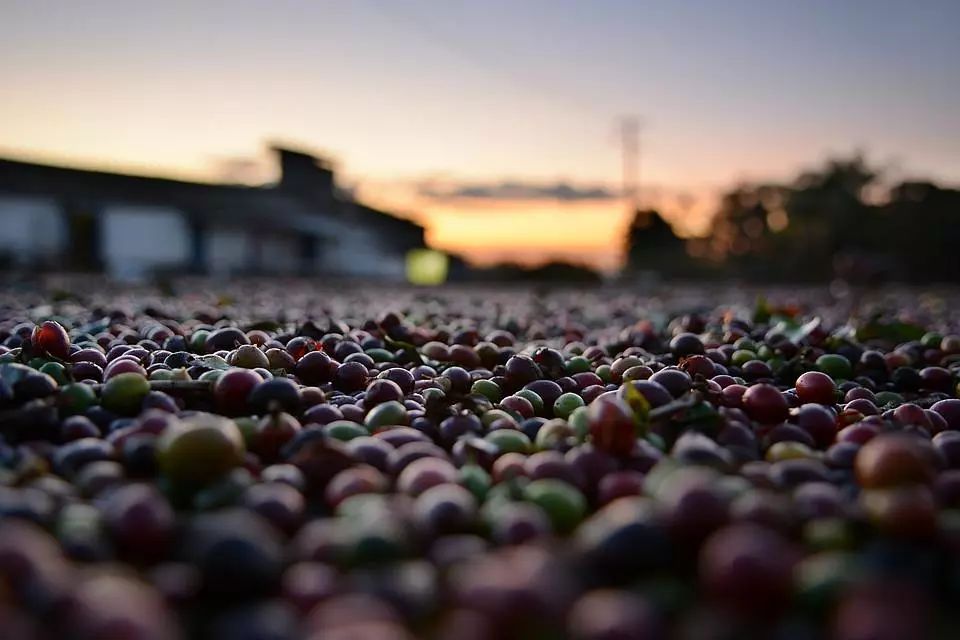
During the drying process, the sugar and aroma in the pulp are well preserved and infiltrated into the raw coffee beans. At the same time, the longer the sun treatment time, the fuller the fermentation. Because the sun drying method allows the coffee fruit to dry naturally, and the coffee beans ripen naturally inside the fruit, they will not be disturbed by the external environment, so the sun-treated coffee beans will enlarge their own flavor. it has more obvious tropical fruit acidity and berry flavor than washed coffee, full fermented flavor and sweetness, and thicker flavor. Adado and red cherries on the front street are Yega Xuefei treated by the sun.
On baking, Qianjie takes into account that Yega Xuefei should show acid as the main flavor direction, so the two kinds of sun Yega use medium-light baking. Through the cup test, Qianjie compared the flavor and taste of the two kinds of coffee beans.
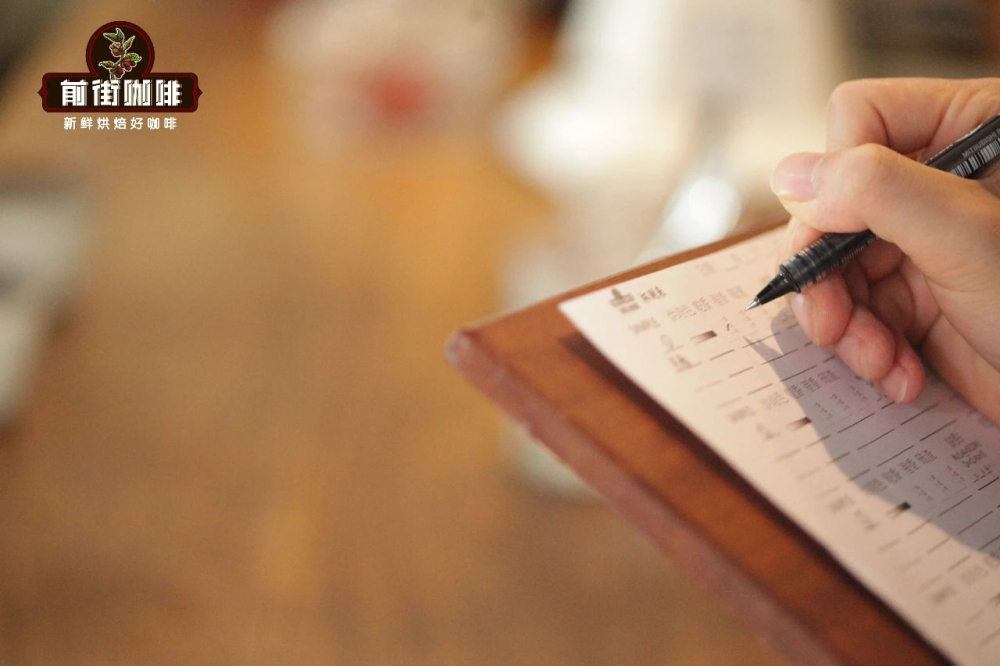
The dry aroma of sun-dried Yejafei red cherry coffee shows full sweet and sour berries, sucking at different temperatures, soft sweet and sour berries, fermented ripe fruit, obvious honey sweetness and black tea tail, smooth taste.
The dry aroma of sun-dried Yega Chuefei Adado has obvious aromas of red petals, citrus and cream, with aromas of berries, tropical fruits, oranges, cocoa and black tea in the mouth.
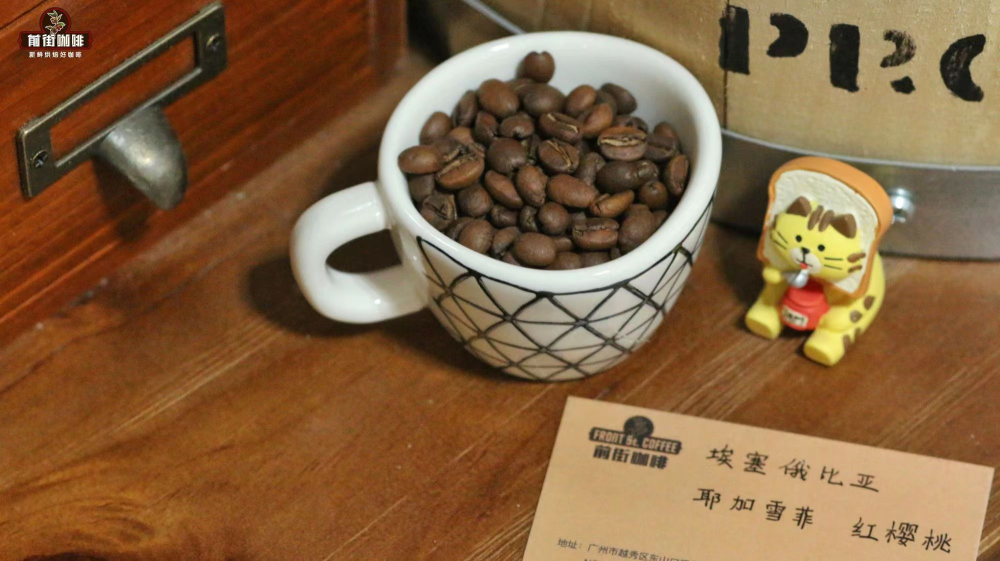
Sunburn Yega Chuefei's hand flushing advice:
Medium and shallow roasting allows coffee beans to retain more flower and fruit aromas. compared with medium and deep roasting, the internal structure of shallow roasted coffee beans at high altitude is more compact and requires higher water temperature and finer grinding to better stimulate the flavor substances of coffee. Here, Qianjie will be extracted with hot water of 92-93 degrees Celsius, and the grinded Qianjie will use a standard sieve 20 with a pass rate of 80%.
Filter cup: V60 water temperature: 92-93 degrees Celsius Powder: 15g Powder / Water ratio: 1:15 Grinding degree: fine sugar size EK43s- scale 10 (No. 20 sieve bowl sieve powder to 80%)
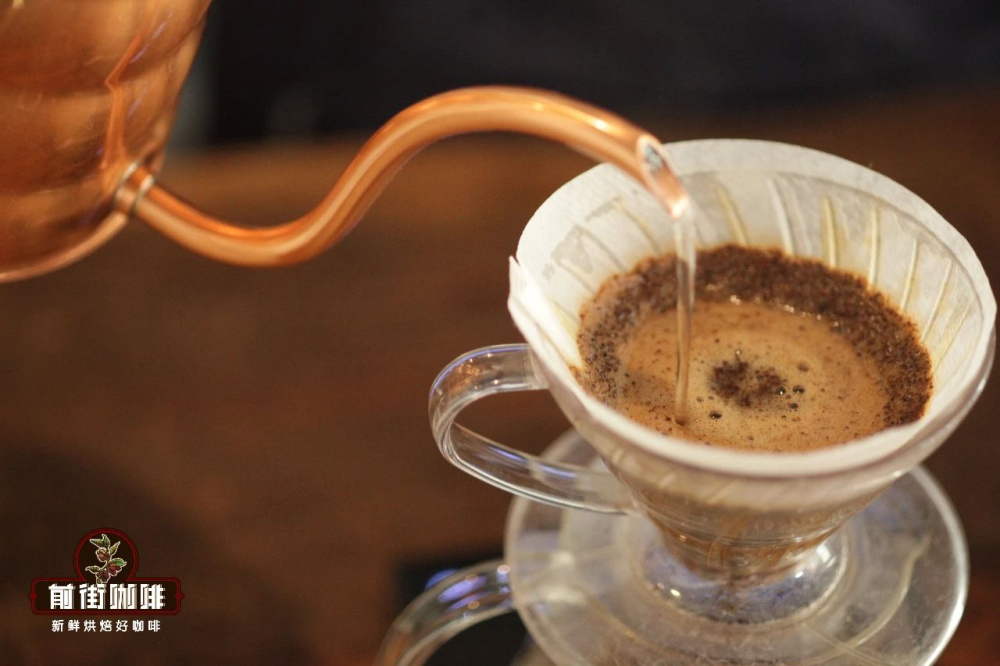
In the first stage, 30 grams of water is injected for 30 seconds, followed by 95 grams (about 125 grams indicated by the electronic scale). The injection is completed in about 1 minute, and the remaining 100 grams are injected at 3 places in the powder layer (about 225 grams shown by the electronic scale) in about 1 minute and 35 seconds. 2: 10 "trickling is completed, remove the filter cup and complete the extraction.
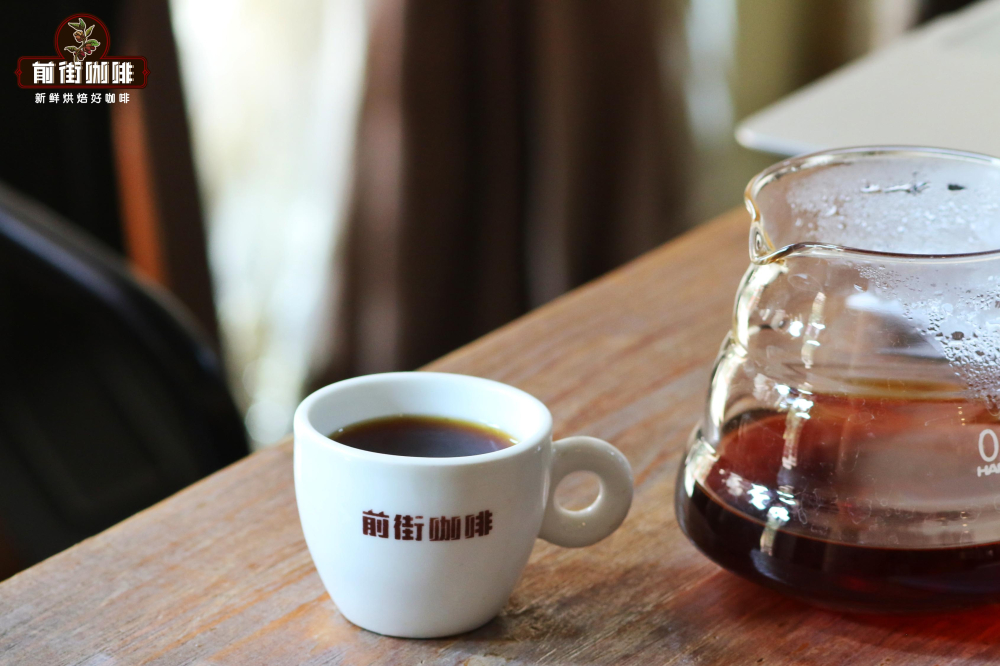
Professional coffee knowledge exchange more coffee bean information please follow the coffee workshop (Wechat official account cafe_style)
For more boutique coffee beans, please add private Qianjie coffee on Wechat. WeChat account: qjcoffeex
Important Notice :
前街咖啡 FrontStreet Coffee has moved to new addredd:
FrontStreet Coffee Address: 315,Donghua East Road,GuangZhou
Tel:020 38364473
- Prev
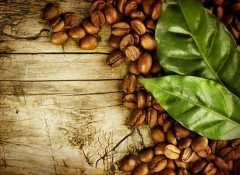
Introduction of Coffee in Sumatra, Indonesia-- the mouth of Mantenin Fine Coffee
Produced in Sumatra, Indonesia, also known as Sumatran coffee. Her flavor is so strong that Manning was regarded as the best coffee before Blue Mountain Coffee appeared. Mantenin coffee beans have large particles and hard beans, so they are prone to defects in the process of planting. More than ten years ago, the Japanese adopted more stringent quality control. After picking beans manually for four times, they produced dark green and uniform beans.
- Next

Coffee from Sumatra, Indonesia: introduction to Mantening Fine Coffee, Manteau Coffee
Produced in Sumatra, Indonesia, also known as Sumatran coffee. Her flavor is so strong that Manning was regarded as the best coffee before Blue Mountain Coffee appeared. Mantenin coffee beans have large particles and hard beans, so they are prone to defects in the process of planting. More than ten years ago, the Japanese adopted more stringent quality control. After picking beans manually for four times, they produced dark green and uniform beans.
Related
- Detailed explanation of Jadeite planting Land in Panamanian Jadeite Manor introduction to the grading system of Jadeite competitive bidding, Red bid, Green bid and Rose Summer
- Story of Coffee planting in Brenka region of Costa Rica Stonehenge Manor anaerobic heavy honey treatment of flavor mouth
- What's on the barrel of Blue Mountain Coffee beans?
- Can American coffee also pull flowers? How to use hot American style to pull out a good-looking pattern?
- Can you make a cold extract with coffee beans? What is the right proportion for cold-extracted coffee formula?
- Indonesian PWN Gold Mandrine Coffee Origin Features Flavor How to Chong? Mandolin coffee is American.
- A brief introduction to the flavor characteristics of Brazilian yellow bourbon coffee beans
- What is the effect of different water quality on the flavor of cold-extracted coffee? What kind of water is best for brewing coffee?
- Why do you think of Rose Summer whenever you mention Panamanian coffee?
- Introduction to the characteristics of authentic blue mountain coffee bean producing areas? What is the CIB Coffee Authority in Jamaica?

